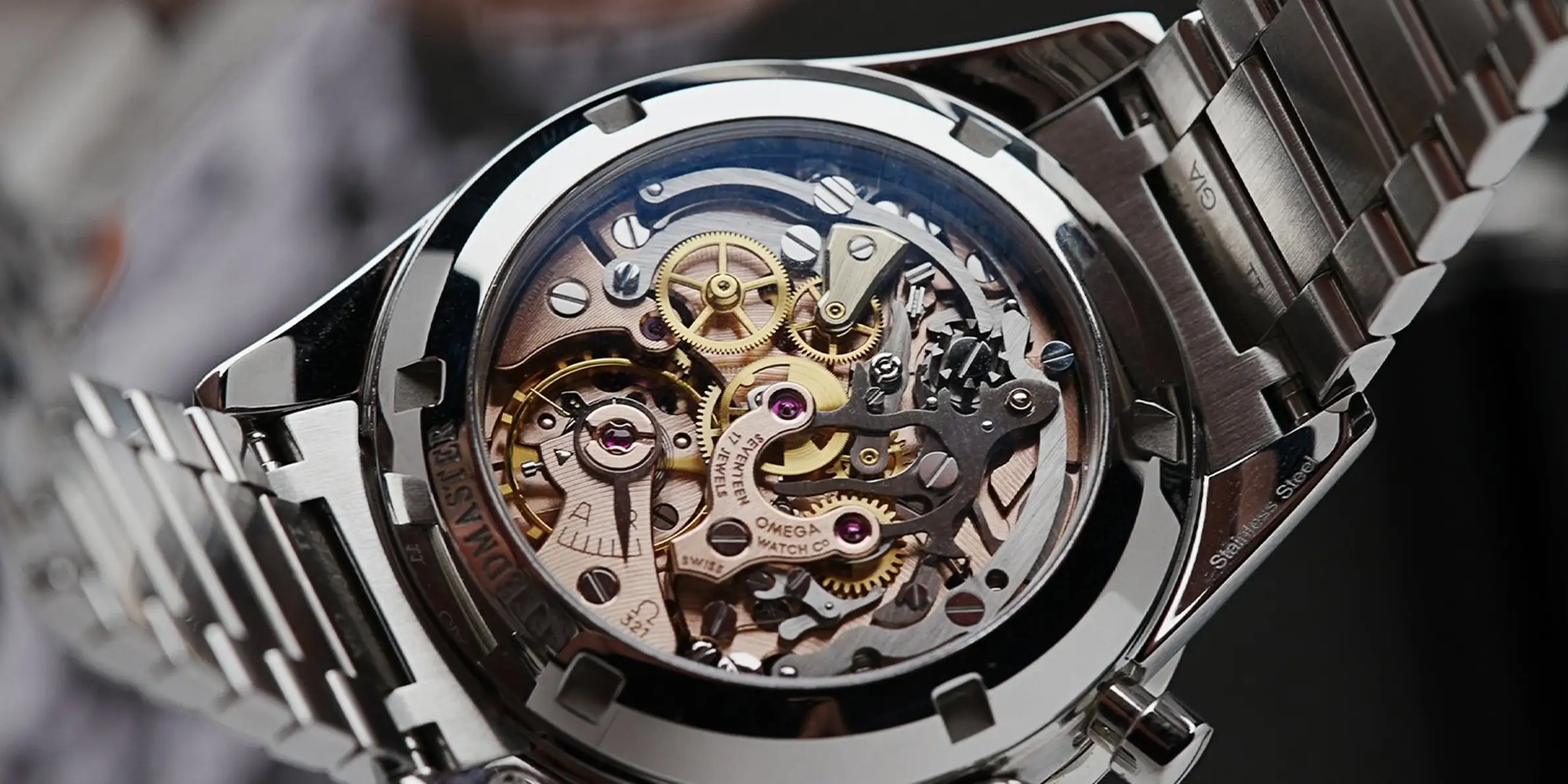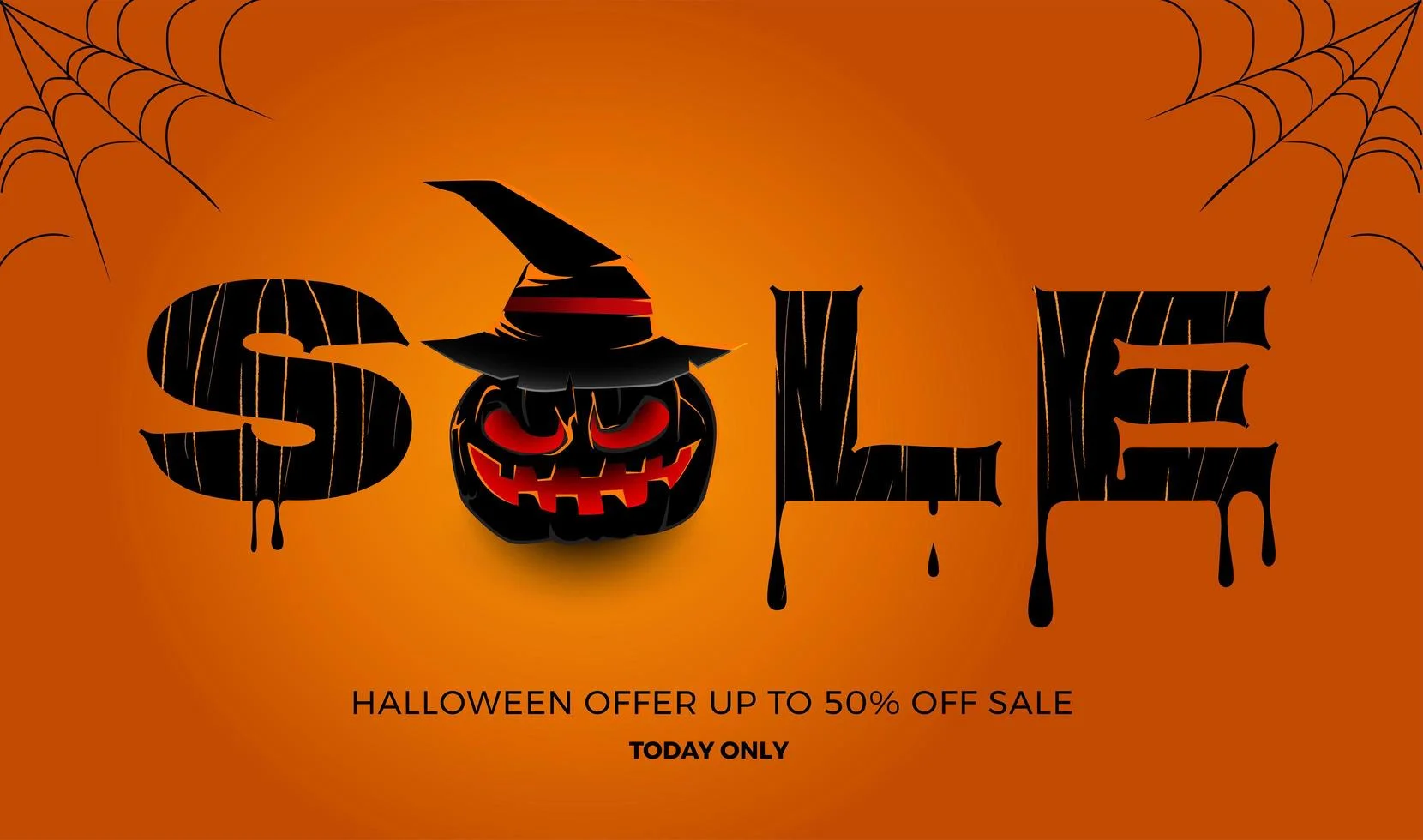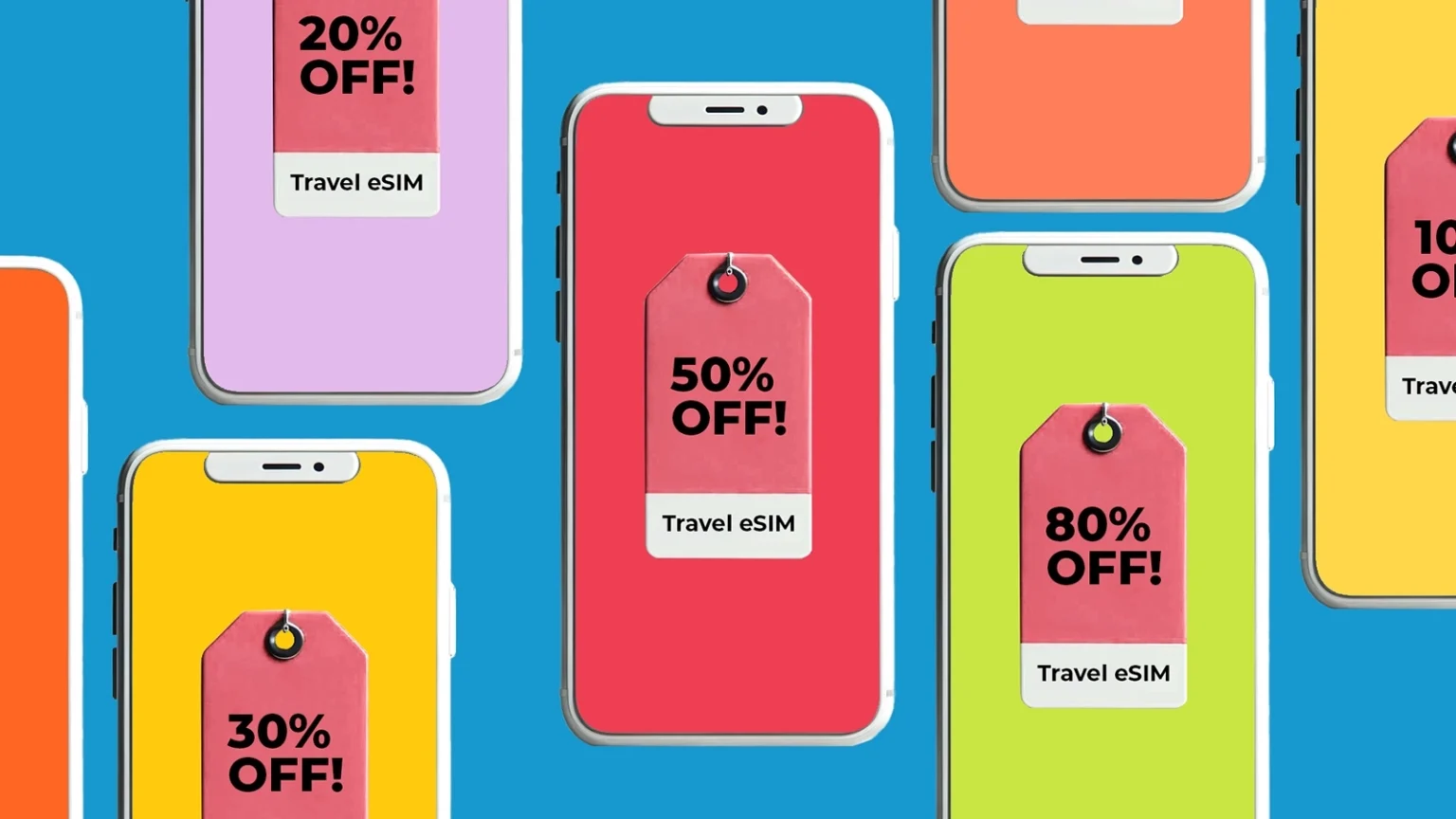Watches represent a rare intersection of function, status, and personal style. From minimalist dress pieces to hyper-connected wrist computers, the industry’s reach spans collectors, fitness enthusiasts, casual wearers, and professionals.
Understanding how watches perform across global markets, digital channels, demographic cohorts, and purchasing triggers is critical for brands, affiliates, and platforms competing for attention in an increasingly fragmented category.
This report dives deep into quantitative and behavioral insights that define the modern watch ecosystem in 2025 and beyond.
Global Watch Industry Snapshot
Current Market Value
The global watch industry in 2025 is valued at approximately $76.4B, encompassing analog, digital, hybrid, and smartwatch segments. The market is forecast to reach $95B+ by 2030, growing at a CAGR of 5.1%.
- Traditional watches contribute around 55% of total revenue
- Smartwatches contribute 45% and rising sharply in urban markets
- Luxury segment accounts for over 60% of revenue but under 20% of units sold
Country-Level Dynamics
| Country | Role | Key Characteristics |
|---|---|---|
| Switzerland | Luxury production | Mechanical mastery, brand heritage, export-driven |
| China | Mass manufacturing | Affordable analog & smart, private label exports |
| Japan | Tech-mech hybrid | Quartz innovation, precision-driven mid-tier |
| USA | Largest market | Smartwatch adoption, premium digital buyers |
| UAE | Luxury buyer hub | Status-driven, heavy gift-based purchases |
Annual Units Sold by Category
- Analog watches: 640M+ units globally
- Smartwatches: 510M+, growing by over 14% YoY
- Hybrid models (analog + smart sensors): 80M+ units
Digital vs Analog: Comparative Volume Stats
Segment Overview
The smartwatch surge has not cannibalized the analog market. Instead, it created a bifurcation.
| Type | Units Sold | Avg Selling Price | Primary Buyers | Top Brands |
|---|---|---|---|---|
| Analog | 640M | $150–$300 | 30+ age group, gift buyers | Casio, Fossil, Seiko |
| Smartwatch | 510M | $280–$450 | 18–35 tech-focused users | Apple, Samsung, Garmin |
| Hybrid | 80M | $200–$350 | Urban males, minimalists | Withings, Fossil Hybrid |
Behavioral Differences
- Analog buyers research brand, material, and style
- Smartwatch buyers compare features like health sensors, app ecosystem, battery life
- Hybrid buyers care about aesthetics with basic digital utility
Platform Watch Trends: Mobile, Desktop, Retail
Traffic Distribution
| Platform Type | % of Product Discovery | % of Final Conversion |
|---|---|---|
| Mobile | 68% | 32% |
| Desktop | 26% | 51% |
| Retail Stores | 6% | 17% |
Mobile dominates traffic but desktop leads in conversion value due to longer sessions, better visual comparison, and deeper product specs.
Buying Funnel Differences
- Mobile: Triggered by social media, influencer ads, impulse exploration
- Desktop: Used for researching high-value models or comparing luxury SKUs
- Offline: Preferred for physical trial, emotional appeal, or gifting scenarios
Retail remains key for brands like Rolex, Tissot, Longines, and Omega. Smartwatch brands optimize for eCommerce conversion paths with structured filters, dynamic bundles, and health-focused CTAs.
Most Popular Watch Brands by Market Share
Tiered Brand Landscape
| Segment | Brands | Positioning |
|---|---|---|
| Luxury | Rolex, Omega, Patek Philippe, Cartier | Legacy, exclusivity, investment |
| Premium | Tissot, Citizen, Seiko, Bulova | Quality, engineering, affordability |
| Mid-range | Fossil, MVMT, Timex, Skagen | Style-driven, gifting-friendly |
| Budget | Casio, Sonata, Fire-Boltt, Boat | Functional, youth-focused, value |
| Smartwatch | Apple, Samsung, Garmin, Amazfit, Noise | Feature-first, tech-native, agile |
Brand-Level Insights
- Rolex: Highest resale value retention, 12-month waitlists on models like Submariner
- Apple: Owns nearly 28.4% of the entire smartwatch market
- Casio: Ubiquitous in Asia-Pacific with 40-year model shelf life in some SKUs
- Noise: Fastest-growing Indian brand, dominating sub-$100 smartwatch segment
- Garmin: Controls over 60% of the fitness-smartwatch niche
Watch Pricing Benchmarks & AOV Trends
Global Average Order Value (AOV)
| Region | AOV (Analog) | AOV (Smart) | Influencing Factor |
|---|---|---|---|
| North America | $265 | $340 | Feature stacking, brand loyalty |
| Europe | $230 | $295 | Taxed pricing, luxury preference |
| Asia-Pacific | $150 | $200 | Price sensitivity, volume buyers |
| Middle East | $310 | $260 | Luxury skew, gifting cycles |
Pricing Elasticity & Checkout Behavior
- Abandonment increases by 27% above $500 price point
- AOV increases when free shipping is offered above $99
- Warranty and water resistance drive higher cart confidence
Promotions like “Buy 2 Get 1” or “Free strap” outperform flat % discounts in the sub-$200 segments.
Gender-Based Watch Preferences
Product Attributes by Gender
| Attribute | Male Preference | Female Preference |
|---|---|---|
| Case Size | 40mm–46mm | 30mm–38mm |
| Strap Type | Metal, leather | Bracelet, ceramic, mesh |
| Features | Chronograph, fitness sensors | Style, notification, slim design |
| Color Palette | Black, blue, silver | Rose gold, beige, champagne |
Platform Behavior
- Males use comparison tools more frequently
- Females respond stronger to product bundles and gifting narratives
- Women’s watch category sees 18% higher repurchase rate when marketed via Pinterest or Instagram ads
Age-Wise Interest & Conversion Rates
Segment Deep Dive
| Age Group | Search Volume Share | Conversion Tendency | Popular Segment |
|---|---|---|---|
| 18–24 | 21% | Low | Smartwatches, Casio digital |
| 25–34 | 33% | High | Smartwatches, mid-range analogs |
| 35–44 | 19% | Mid | Hybrid, dress watches |
| 45–60 | 17% | High | Dive, luxury chronographs |
| 60+ | 10% | Low | Classic analog, gifting use |
Gen Z buys fashion-first. Millennials buy feature-first. Gen X buys reliability. Boomers buy legacy and collectibility.
Search Behavior & Seasonal Demand Spikes
Monthly Demand Timeline
| Month | Events | Traffic Lift |
|---|---|---|
| January | New Year Resolution | +19% Smartwatches |
| February | Valentine’s Day | +21% Analog, Women’s Category |
| May | Graduation Season | +17% Mid-range watches |
| July | Amazon Prime Day | +31% Smartwatch Bundle Sales |
| November | Black Friday, Singles Day | +55% Overall Watch Category |
| December | Christmas, New Year Gifts | +62% Analog & Luxury Segments |
Keyword Behavior
- Top keywords include “smartwatch under 200”, “best analog watch for men”, “luxury watch resale value”
- Long-tail queries like “gift watches for dad under 5K” peak during Father’s Day and Diwali
- Product comparison queries rise 48% in Q4
Top Watch Categories in eCommerce Funnels
High-Converting Subcategories
| Category | CTR | CVR | Best Positioning Angle |
|---|---|---|---|
| Smartwatches | 8.9% | 5.4% | Health, connectivity, battery |
| Minimalist | 7.2% | 4.8% | Style, gifting, affordability |
| Dive Watches | 5.1% | 3.3% | Rugged use, waterproofing |
| Chronographs | 6.5% | 4.1% | Multifunction, masculine appeal |
| Skeleton Watches | 3.2% | 2.1% | Collector’s edition, aesthetics |
Filters like “automatic movement”, “leather strap”, and “warranty over 1 year” influence funnel performance.
Emerging Watch Markets & Future Projections
Growth Geography
| Country | Watch Market Status | Key Trends |
|---|---|---|
| India | Fastest growing globally | Noise, Fire-Boltt dominate smart |
| Vietnam | Mid-range analog boom | Seiko, Casio gaining retail share |
| Brazil | Fashion-first surge | Influencer-led TikTok campaigns |
| Nigeria | Pre-owned luxury spike | Rolex & Cartier in resale circulation |
India is set to overtake the US in smartwatch volume by 2027.
Global growth drivers include:
- Youth fashion influence via short-form video
- Medical-grade features in wearables
- Brand collabs with sports, anime, and streetwear IP
Conclusion: Strategic Takeaways for Watch Brands
The modern watch market isn’t just about product design. It’s about positioning across platforms, aligning with seasonality, optimizing for device behavior, and segmenting content by buyer psychology. Brands must build authority in both analog tradition and digital agility. eCommerce players must tailor funnels per cohort. Affiliates must match intent with precision filters.
Success in this space belongs to those who interpret statistics not as vanity metrics—but as behavioral breadcrumbs leading to scalable demand.






